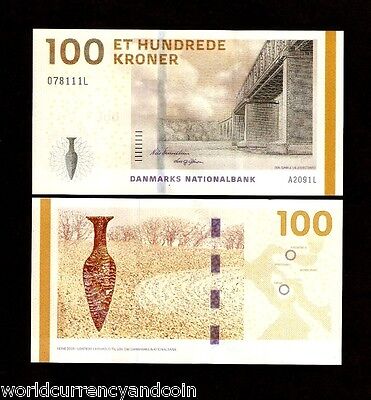
Introduction
Greenland, known for its vast pristine landscapes and indigenous culture, is the world’s largest island, while Denmark, a Nordic country, is known for its rich history and social welfare system. The relationship between Greenland and Denmark is significant and multifaceted, encompassing historical ties, cultural exchanges, and political dynamics. Understanding this relationship is crucial as it reflects broader themes of autonomy, identity, and climate change impact.
The Historical Context
Denmark’s influence over Greenland dates back to the early 18th century when it claimed the island as a colony. Over the years, Greenland transitioned from a Danish colony to an autonomous territory within the Kingdom of Denmark, officially known as the Greenland Home Rule Act of 1979. This act granted Greenland significant self-governance while Denmark retained power over foreign affairs and defense.
Current Political Dynamics
The political relationship between Greenland and Denmark continues to evolve, especially following the self-government referendum in 2008. This referendum led to a greater sense of autonomy for Greenlanders, allowing them to make decisions regarding local governance. However, Denmark still plays a critical role in funding and supporting Greenland’s economy, which is largely dependent on fishing and mining industries. In recent years, discussions around further independence for Greenland have intensified, particularly as climate change has made natural resources more accessible.
Cultural and Social Ties
Culturally, Greenland and Denmark share a complex bond. Many Greenlanders speak Danish, and there is a significant influence of Danish culture in Greenland. Conversely, Greenlandic culture, including its language, music, and art, has gained recognition and appreciation in Denmark. Events like the Inuit Day in Denmark celebrate this cultural connection, fostering mutual respect and interest in both communities.
Economic Considerations and Future Outlook
Economically, Greenland’s potential wealth in natural resources like oil and minerals poses both opportunities and challenges. Danish investments are crucial for Greenland’s infrastructure and business development, but there’s a growing call for more equitable benefits for Greenlanders. As climate change opens up the Arctic, there’s increasing interest from international companies in Greenland’s resources, raising concerns about sustainability and environmental protection.
Conclusion
The relationship between Greenland and Denmark is characterized by a blend of historical ties, political collaboration, and cultural exchange. As both entities face the realities of climate change and economic development, their relationship will undoubtedly evolve. Stakeholders in both Greenland and Denmark must navigate these challenges to foster a future that respects Greenland’s autonomy while addressing economic realities. For readers, following the developments in this unique relationship can offer insights into broader discussions about indigenous rights, self-determination, and environmental stewardship in a changing world.



